The traveling season is still upon us, so before going to the next hot spot take a look at these photos. These are the things that you could encounter in warm tropical waters or in the cool depths of a forest. Try not to be scared when you meet them at first — and our photo gallery is here to prepare you for the wildest things in nature.
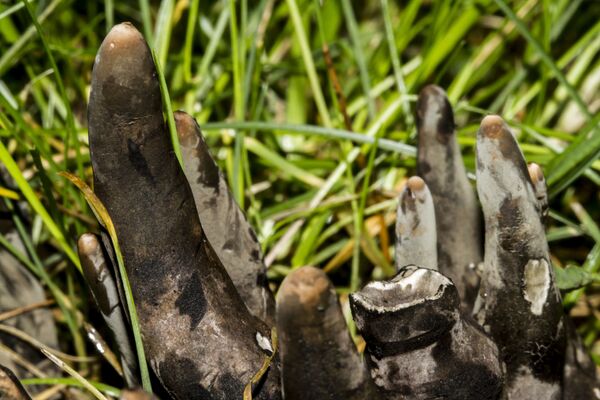
Xylaria polymorpha mushroom - something you expect to see in video games rather than in the real world. It's a fungus also known as dead man's thinkers for its drastic look and for growing in the dark places on decayed leaves
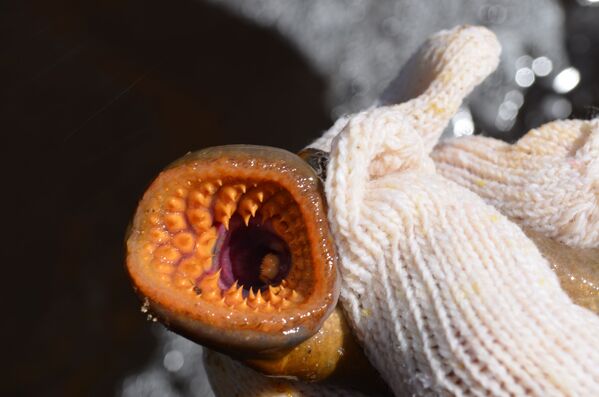
Meet Sea lamprey - a creature you might have seen in your darkest dreams. They could reach up to 120 cm in length and weight up to 23 kg. Usually, you won't see it easily, as their long eels-like body is hiding behind the rocks, waiting to attack. Oh, did we mention that they drink blood? But don't worry, you can always get your revenge in the restaurants where these creatures are known as delicacies.
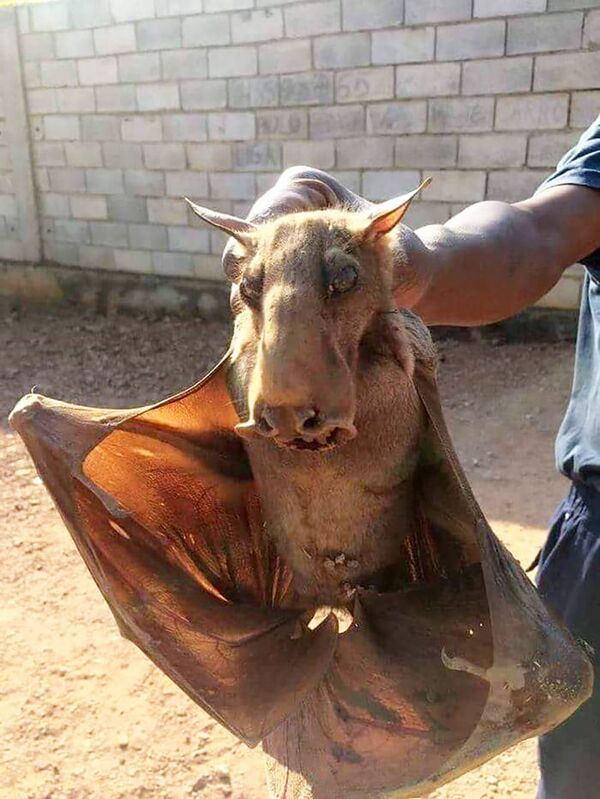
The hammer-headed bat, also known as the big-lipped bat. You can meet this beauty on the fruit plantations of Africa. Yes, it looks like it has had a bad day every day of its life. Who are we to blame it?
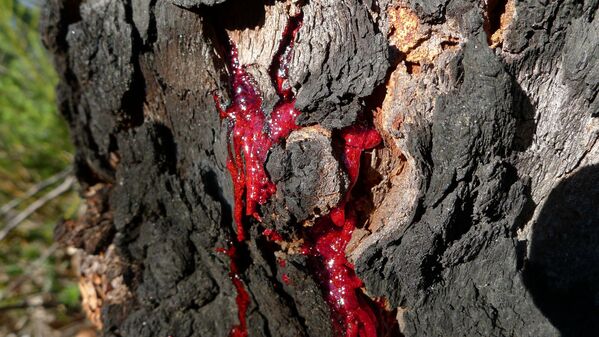
Red Bloodwood, officially known as Corymbia gummifera, bleeding bright red blood. This is a unique tree native to eastern Australia. It is commonly known for the red as blood juice and the hardness of the wood itself, as the first shelters and mining sites were built from the bloodwood trees.
Royal National Park, NSW Australia, May 2013.
Royal National Park, NSW Australia, May 2013.
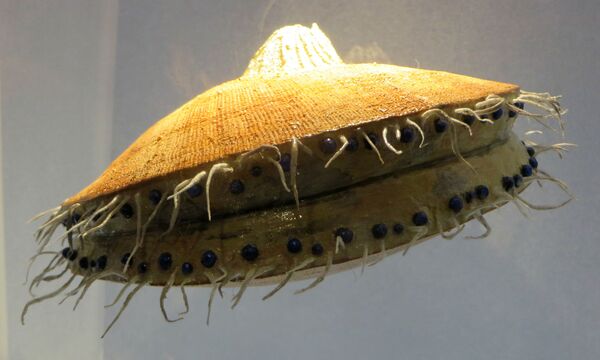
You may not believe but this is scallop is one of the most well-known delicacies and also the symbol of beauty, love and fertility in Greek and Roman cultures. Look into its eyes. All of them. Isn't it deliciously adorable?
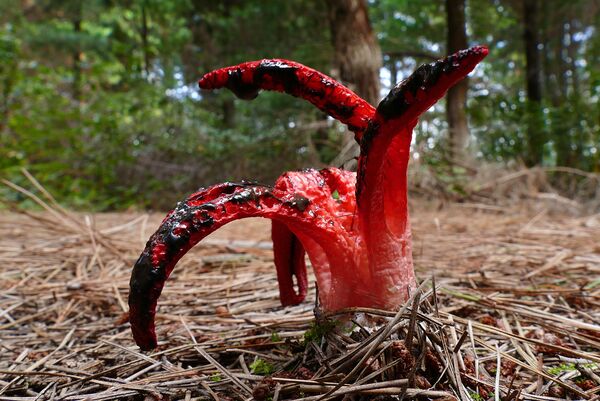
You don't want to shake this hand from the underworld. Clathrus archeri (synonyms Lysurus archeri, Anthurus archeri, Pseudocolus archeri), commonly known as octopus stinkhorn, or devil's fingers, is a fungus which like most fungi has a global distribution. The young fungus erupts from a suberumpent egg by forming into four to seven elongated slender arms initially erect and attached at the top. The arms then unfold to reveal a pinkish-red interior covered with a dark-olive spore-containing gleba. In maturity, it smells like putrid flesh.
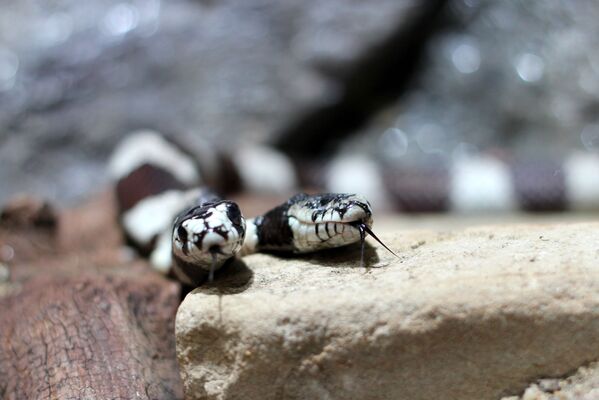
This is the rarest occasion - a snake that was born with a Siamese twin. In Babylon the two-headed snake was a symbol of rebirth, in Medieval times - of devastation, but now we know that this is a result of a genetic dysfunction. These snakes from Florida share all their organs, yet have two hearts in one body.
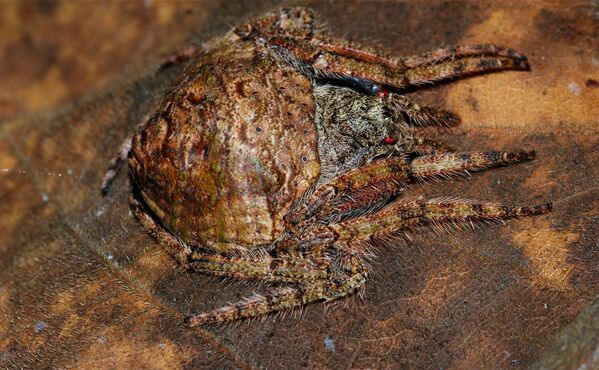
Wrap-around Spider is another representative of Australian fauna that could be potentially dangerous. No, it isn't poisonous but its ability to wrap around tree branches and hide in the tree's bark will scare you every time you're standing near the tree trunk.
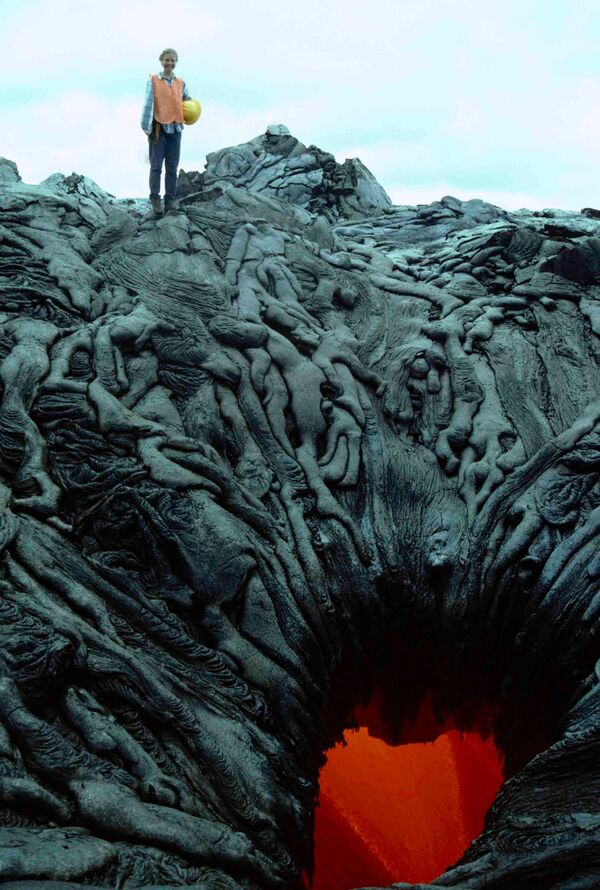
Subsequent flows have fed lava into the skylight. A stationary crust is formed on margins of the flowing lava within the tube at this location, probably due to the loss of heat through the skylight. West Kamokuna Skylight.
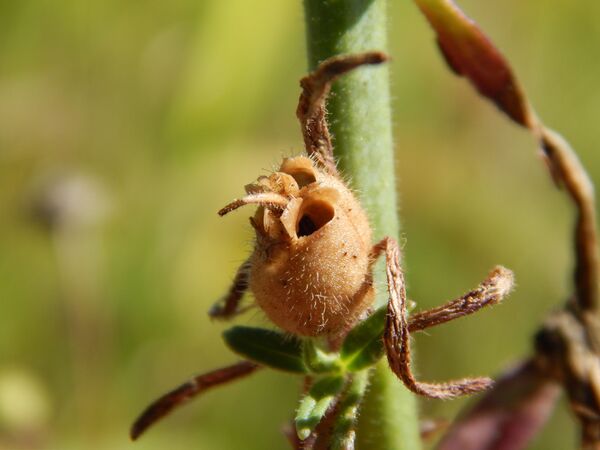
Antirrhinum orontium (Lesser snapdragon). Seed capsule at Haleakala Hwy Kula, Maui, Hawaii. For some of the natives of the Land of Voodoo the small seedboxes of this snapdragon species are reminiscent of a skull - that is why these seeds tended to be used in spiritual rituals. Yet if you survive the spring with these skulls, in summer you will enjoy adorable pink flowers.
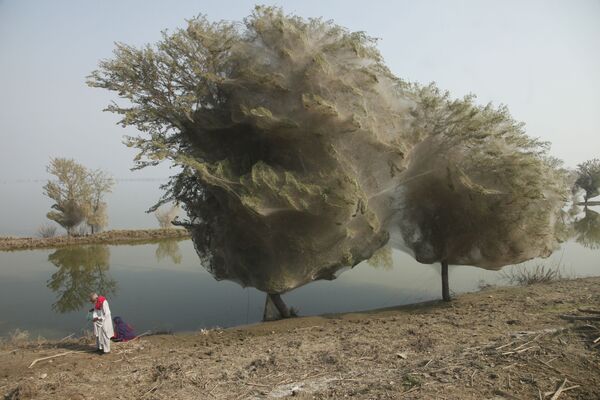
11/12
An unexpected side-effect of the flooding in parts of Pakistan has been that millions of spiders climbed up into the trees to escape the rising flood waters. Because of the scale of the flooding and the fact that the water has taken so long to recede, many trees have become cocooned in spider webs. People in this part of Sindh have never seen this phenonemon before - but they also report that there are now less mosquitos than they would expect, given the amoungt of stagnant, standing water that is around. It is thought that the mosquitos are getting caught in the spiders webs, thus lowering the chance of being bitten. This may in turn be reducing the risk of malaria, which would be one blessing for the people of Sindh, facing so many other hardships.
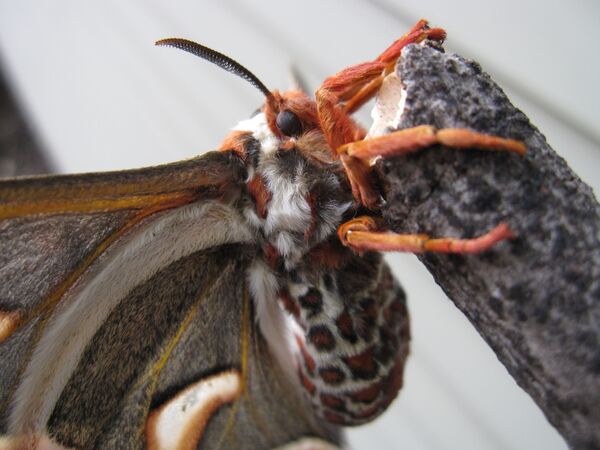
Cecropia Moth - the largest of the moth species in North America and in the world. It loves American maple trees as well as cherry trees. These giant insects could reach a wingspan of 160 mm making them one of the largest insects in the world. So please keep your maple syrup in a safe place.

